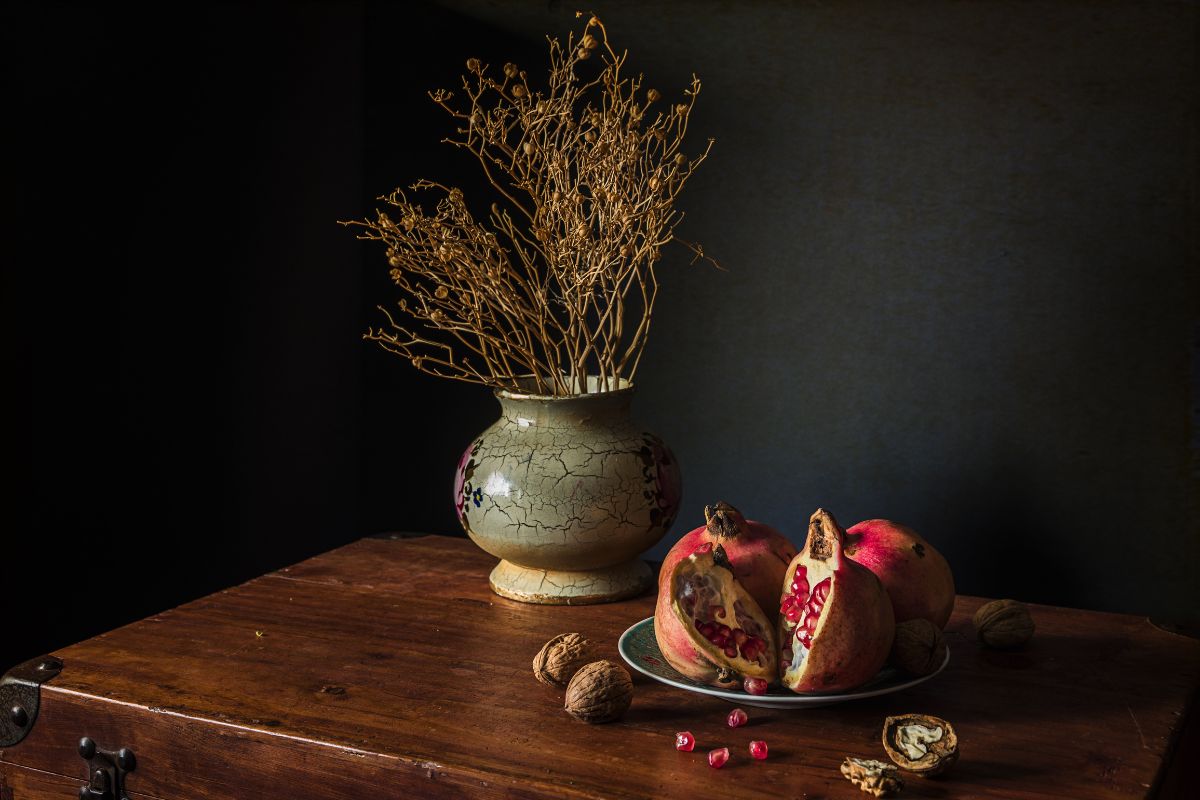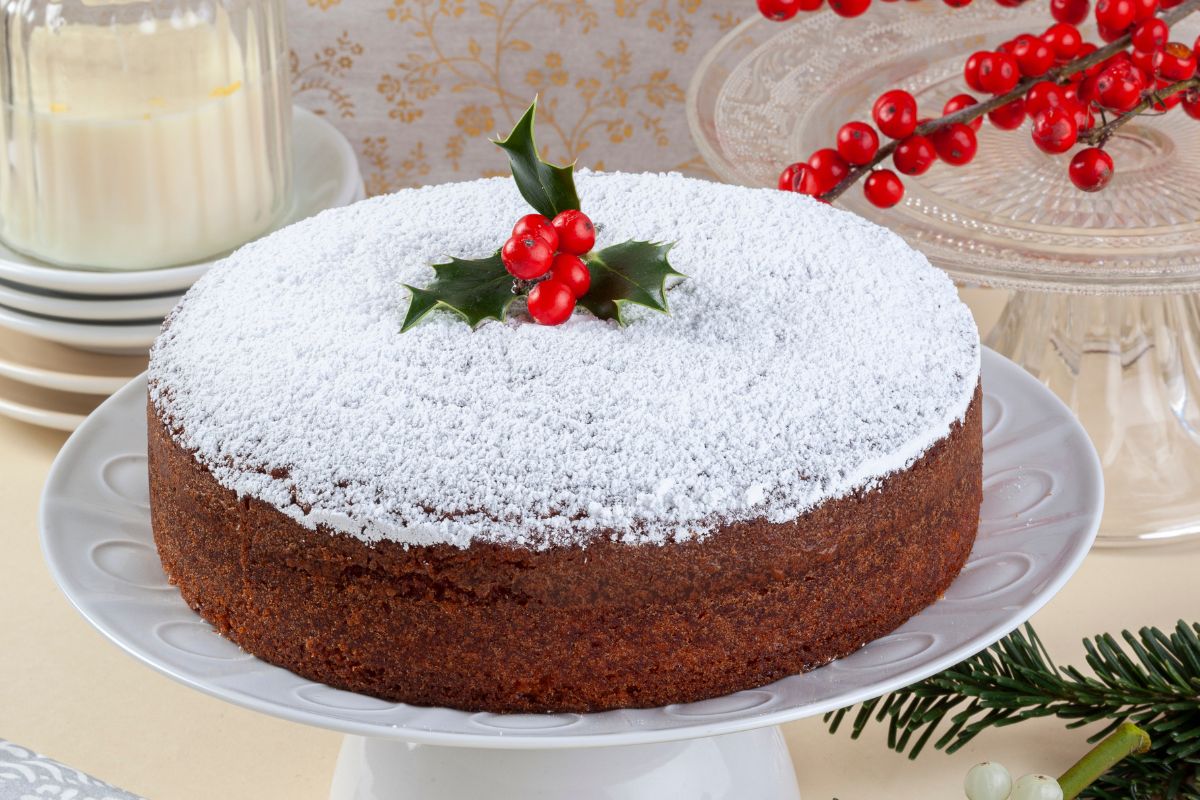New Year Traditions in Crete: Celebrate in Style

The New Year traditions in Crete were the “signs” of the first day of the year that “guided” the people in the new year.
As the year ends, the beautiful island of Crete lights up with special traditions. These customs mix old practices with modern celebrations. New Year’s Eve in Crete is full of lively rituals, tasty food, and joyful gatherings. This makes it a great way to start the new year. The “first-footer” tradition and breaking a pomegranate are key parts of Cretan New Year customs. They give us a look into the island’s rich culture.
The custom of carrying water and stone by the householder, and the cross fermented by the householders were for the Cretans and especially for the inhabitants of the villages some of the most characteristic customs of the New Year.
According to tradition in many areas of the island, it was believed that on New Year’s Eve the first thing you should see is a mountain and a healthy neighbor so that you too can live healthy and many years, as much as the mountains. If you see the sea then you will be constantly agitated like the sea.
Let’s dive into the New Year traditions in Crete.

Unique New Year Celebrations in Crete
New Years traditions in Crete go beyond just the usual countdown and fireworks. They are based on old beliefs that have been shared through many years. These traditions provide a special view of Cretan culture. You can enjoy customs like “podariko.” This custom says that the first person who enters your home on New Year’s Day can affect your luck for the whole year. Also, don’t forget to taste Vasilopita. This is a sweet bread baked with a hidden coin inside. The person who finds the coin is thought to have good luck and prosperity.
Water and Stone
On New Year’s morning, the man of the house went to fetch water from a pitcher and a stone. He sprinkled the outside and inside of the house with water, saying: “As this water runs, so should the good ones run in my house”. He puts the stone under the bed, saying: “As strong as this stone is, so strong is my house.” The stone remained under the bed until Epiphany.
Being the First to Enter a House
On New Year’s morning, Cretan families go to church. The custom of being the first to enter a house is of great importance in Crete, even today. In Greek this is called “podariko” meaning, the first person to set foot in the house after the entry of the new year. This person must be lucky to bring luck to the house.
The Single Ladies
In the old days, unmarried girls threw olive leaves in the fireplace. As they believed, if the leaf turns upside down, they will marry the one they want. Others took three beans, one baked, the other whole, and the other peeled. With their eyes closed, they choose a bean. If they select the baked one it means that they will marry a widower, the peeled one a poor man, but if they choose the whole bean, it means that they will marry a young and rich man.
“The Farmer Saint”
New Year is also the day that Saint Basil celebrates. The tradition of Crete wants Saint Basil as a farmer. So, whoever is a farmer and wants to have the blessing of the Saint must plow his field.
The “Good Hand”
It is customary to give a sum of money as a gift to children who will visit a house on New Year’s Eve. These are usually grandchildren or nieces. Some decades ago, the “good hand” was the only gift children received on New Year’s Eve and in many cases was just a treat as there was not much money.

Culinary Traditions to Welcome the New Year
Food is very important during Cretan New Year celebrations. Traditional dishes and treats add taste and meaning to the festivities. Every dish has a special meaning that brings good luck, prosperity, and the hope of a sweet year ahead. Make sure to enjoy the delicious Vasilopita. It’s a sweet bread that has a hidden coin inside. Also, don’t miss the old tradition of breaking a pomegranate. This brings good luck and abundance for the year.
The Breaking of the Pomegranate
The pomegranate is more than just tasty. It is important in Cretan culture. The fruit stands for fertility, abundance, and good luck. On New Year’s Day, families follow the tradition of breaking a pomegranate. They believe this brings prosperity for the new year. Usually, the head of the household takes a ripe pomegranate and hits it on the ground outside the front door. The seeds fall out. These seeds symbolize abundance and prosperity. They are thought to bring good luck into the home and keep bad things away. This happy ritual includes laughter and good wishes. It shows the lively spirit of New Year traditions in Crete.
A Cross made out of Dough
On New Year’s Eve, many housewives make a cross out of bun dough and hang it on the doors. In a few villages, they put a bulb plant in the houses and in others a carob branch because the carob tree is a tree that gives many fruits, always the same green as the bulb and they symbolize abundance. Many households on New Year’s Eve, which is at the same time on the eve of the feast of St. Basil, leave a glass of wine with food or a dessert for the Saint to come to leave his gifts, to eat, drink, and rest.
“Onions” for Good Luck
The Scilla Maritima is a common plant in Crete. It grows wild and looks like a large onion. Animals do not eat it because it has venom, which can cause skin irritation from contact. Even if you take it out of the ground and hang it, it does not stop producing new leaves and flowers. The people believe that this great vital force can be transmitted to the living and the inanimate. This is why they hang it in their homes on New Year’s Eve. It is an ancient custom of good fortune that dates back to the 6th century BC. However, today it is not practiced as much.
Vasilopita and the Coin
Vasilopita translates to “King’s Pie”. Cutting the “royal pie” is one of the few ancient customs that survive. In Kronia (feast of the god Kronos, which was worshiped in Greece and Saturnalia of Rome), they made sweets and pies. In which they put coins and whoever got the piece with the coin, was in for a lot of luck. The orthodox tradition connected the same custom with the Vasilopita. So on New Year’s Eve, when the clock strikes midnight, we cut the vasilopit. When it’s time to cut the pie, the whole family gathers. The head of the family officially begins to cut the pie. The first piece goes to Christ, the second to the household, and then to those present. Whoever gets the piece with the coin, that person will have luck for the rest of the year!
As the New Year gets closer, enjoy the wonderful new year traditions of Crete that stand for renewal and good fortune. You can take part in the exciting Water and Stone Rituals. Also, try the Vasilopita, which has a hidden coin that brings luck. Celebrate the first-footer custom and break pomegranates for a year filled with abundance. Taste the delicious Culinary Traditions of Crete that will warm your heart. Feel the magic of the New Year traditions in Crete and make great memories with your loved ones. Celebrate happily and welcome the new year with open arms!
To experience the traditional side of Crete, take a look at all our private tours here, or contact us here, and together we can design a unique personalized itinerary!
